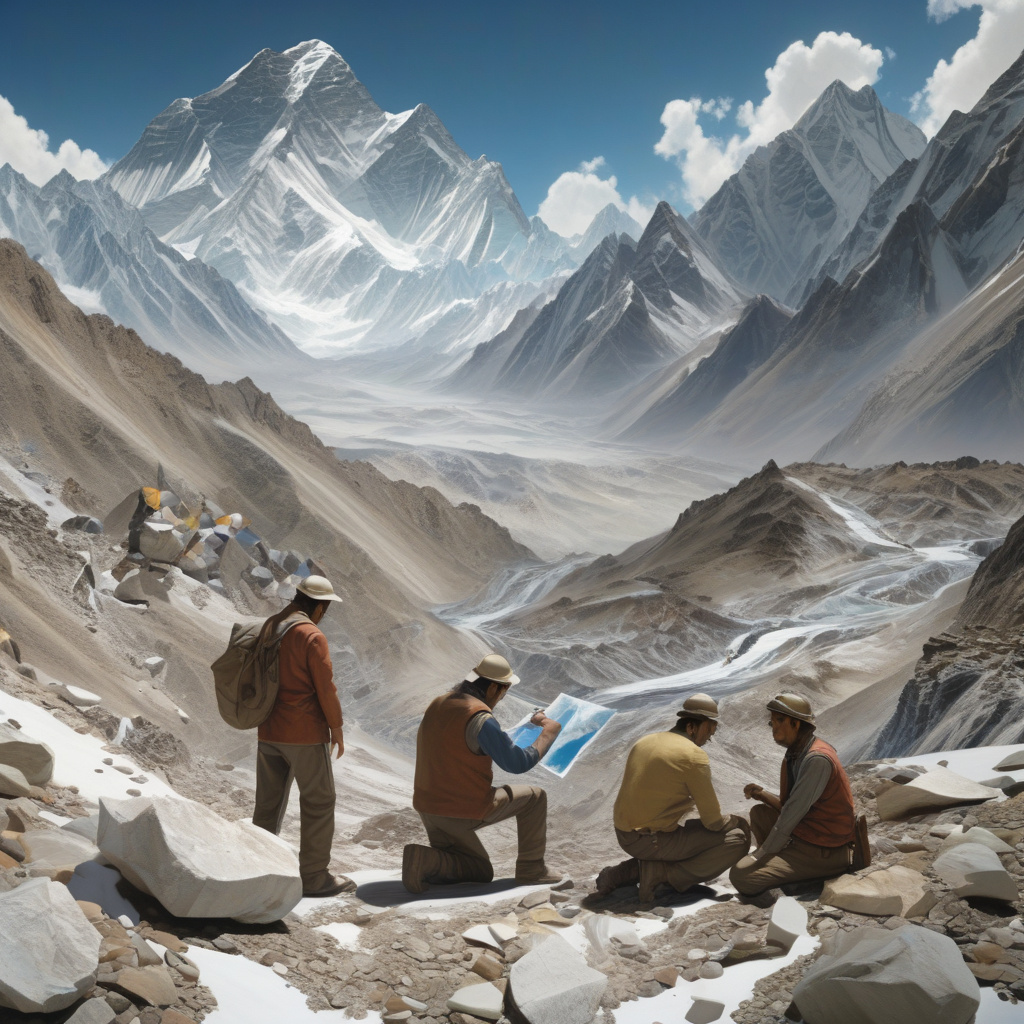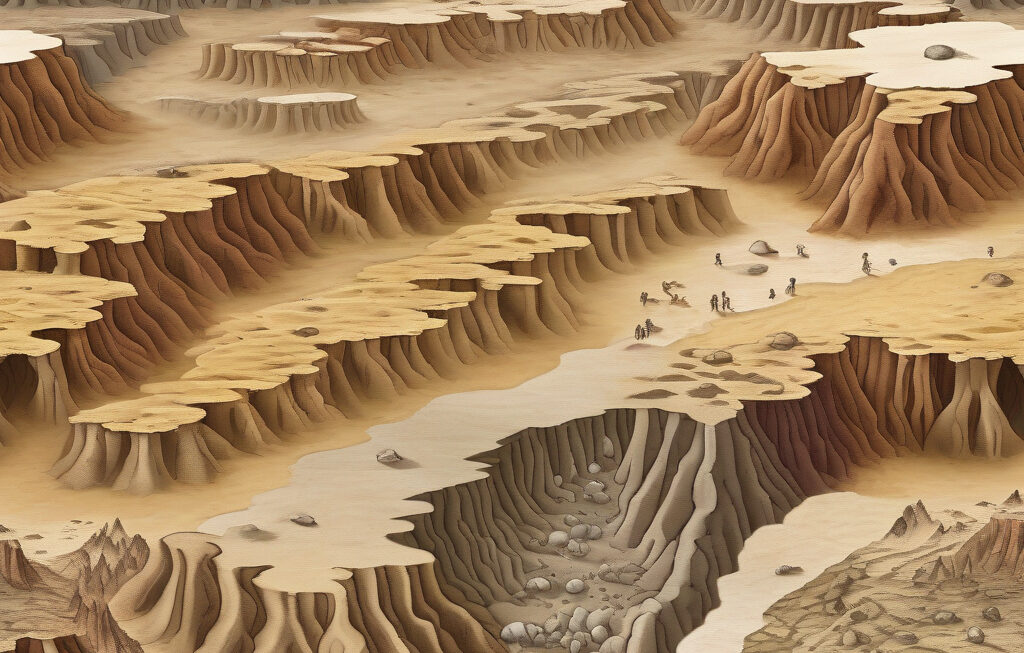Study Challenges Long-Held View of Himalayas’ Formation with Radical New Model
Most geologists believe the Himalayas’ immense height results from thickening of the Earth’s crust. However, a recent study published in the Journal of Geology presents a radical new model that challenges this long-held view. The study, conducted by a team of geologists and seismologists, suggests that the formation of the Himalayas may be more complex than previously thought.
The traditional explanation for the formation of the Himalayas is based on the theory of continental collision. According to this theory, the Indian plate collided with the Eurasian plate around 50 million years ago, leading to the uplift of the Himalayan mountain range. As the two plates collided, the Indian plate was forced underneath the Eurasian plate, causing the crust to thicken and rise, ultimately forming the towering peaks of the Himalayas.
However, the new study proposes a different mechanism for the formation of the Himalayas. The researchers used advanced seismic imaging techniques to create detailed images of the Earth’s crust beneath the Himalayan region. What they found challenges the existing model of crustal thickening as the sole cause of the Himalayas’ height.
The study suggests that the Himalayas’ height may be due in part to the presence of a dense, stable root beneath the mountain range. This dense root, which extends deep into the Earth’s mantle, provides additional support for the towering peaks of the Himalayas. The researchers argue that this deep-seated root plays a crucial role in maintaining the Himalayas’ height and stability over millions of years.
Furthermore, the study also highlights the dynamic nature of mountain building processes. It proposes that the Himalayas are not simply the result of a single tectonic event, but rather a complex interplay of geological forces acting over an extended period of time. This new model underscores the need for a more nuanced understanding of mountain building processes and the factors that contribute to the formation of large mountain ranges like the Himalayas.
While the study’s findings are groundbreaking, they have sparked a lively debate within the geological community. Some scientists are skeptical of the new model, citing the need for further research and data to support its claims. Others see it as a promising step towards a more comprehensive understanding of mountain building processes.
In conclusion, the study challenging the long-held view of the Himalayas’ formation with a radical new model offers a fresh perspective on the geological processes that have shaped this iconic mountain range. By highlighting the complexity and dynamic nature of mountain building, it opens up new avenues for research and exploration in the field of geology.
#Himalayas #Geology #MountainFormation #EarthScience #TectonicProcesses












